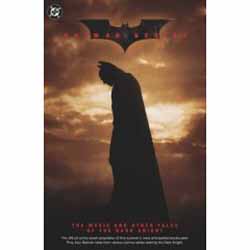 Â
Â
By various (DC Comics/ Titan Books edition)
ISBN 1-84576-067-0
It looks like I’m just destined to be wrong. Do you remember flared jeans, or even bell-bottoms? From which time? As the 1970s gasped to a close I said that we’d never see those again. Horribly, tragically, I was wrong.
I was seven when the Batman TV show first aired, and I loved it. By the time I was nine I had learned the word ‘travesty’ and loathed the show with a passion. When it was all over and the ‘Camp’ fallout had faded from my beloved comics, giving way to the likes of Frank Robbins, Denny O’Neil and the iconoclastic Neal Adams, I was in seventh heaven and praised pantheons of deities that I should never see ‘Batmania’ again. I was, of course, doubly wrong.
The Caped Crusader reconquered the world in 1989 and only the increasing imbecility of the movie sequels stopped that particular juggernaut. Now there’s a new film (and not half-bad – though that’s beside the point) and my letterbox is crammed with an absolute boatload of Bat Product.
This Titan Books edition reprints not only the adaptation of the film, creditably handled by Scott Beatty on script with Kilian Plunkett and Serge LaPointe illustrating, but also a well-considered selection of thematically similar stories. The lead feature is an intensely readable reworking of the myth, so much so that I was able, for once, to stifle the small, shrill and incessant comic-fan voice that always screams “why do they keep mucking about with this?â€, and “why isn’t the comic version good enough for those movie morons?â€
I do, however, still question the modern hang-up with having to start from origins stories at all. Was Star Wars: A New Hope a flop because we didn’t know how Darth Vader got Laryngitis? Which Bond movie tells us how he got to be so mean and sardonic? Why can’t film-makers assume that an audience can deduce motivation without a brand-spanking new road-map every time? Although to be painfully honest, most modern comics writers seem infected with this bug too…
Could it be that it’s simply a cheap way of adding weight to the villain du jour, who can then become a Motivating Force in the Birth of the Hero? Said baddies this time out are the Scarecrow and Ra’s Al Ghul, but I’m not going to speak anymore about the cinema or plot. Chances are most Batman fans will like this film and I’m never keen on giving away endings for enjoyable experiences. My job is to blather, and in extreme cases, warn.
The next chapter reprints “The Man Who Falls†by the aforementioned Denny O’Neil and veteran Bat-artist Dick Giordano (from Secret Origins of the World’s Greatest Heroes) a skilful and engaging comics retooling of the legend that accompanied the mania of the 1989 Movie. Hard on its heels comes one of the better stories of recent years, “Air Time†by Greg Rucka, Rick Burchett and Rodney Ramos from Detective Comics #757, 2001. It’s a taut, countdown thriller that in many ways presages the style adopted for the wonderful procedural series Gotham Central.
“Reasons†(Batman #604, 2002) by Ed Brubaker and Scott McDaniel, revisits Batman’s origins in a tale that seeks to redefine his relationship to the Catwoman, and the volume concludes with the brilliant “Urban Legend†from Batman: Legends of the Dark Knight #168. In a grim and unsettling tale of frailties Tom Fowler illustrates a wickedly sharp Bill Willingham script stuffed with the dark humour and skewed sensibilities that make Fables such a joy for grown-ups.
This is a pretty decent package for any casual reader that the film might send our way, with a strong thematic underpinning. In an era of DVDs and rapid home release, I’m increasingly unsure of the merit of comic adaptations, but if you are into such things it’s probably best they’re done well, if at all.
© 2005 DC Comics. All Rights Reserved.
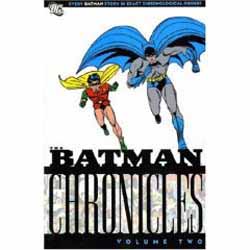 Â
 
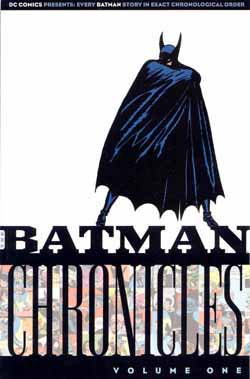 Â
 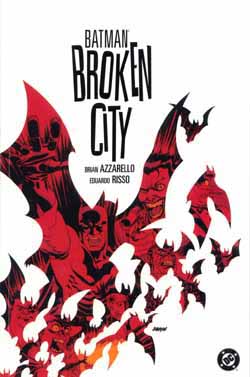 Â
  Â
 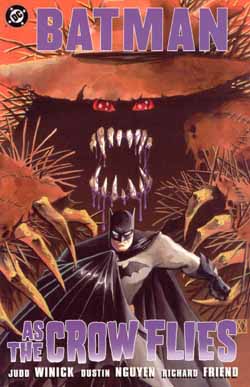 Â
  Â
  Â
 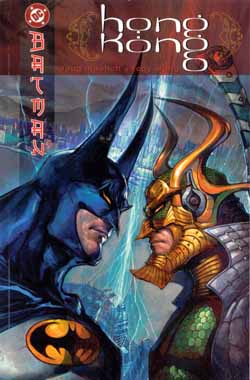 Â
 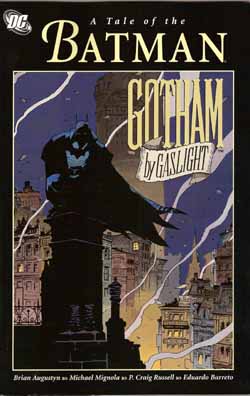 Â
 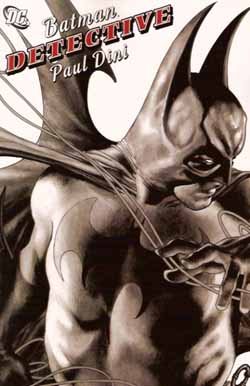 Â
Â